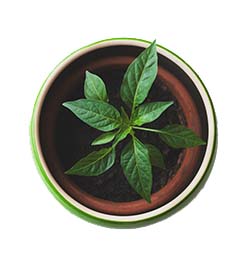Image

An interview with Michael Hood, associate professor of biology

What does it mean to study disease ecology?
All organisms get diseases, and the majority of species on the planet are parasites or pathogens. We use a set of plants and their fungal pathogens in natural populations to try to get at these ecological interactions.
What is an example of an interaction between a plant and a fungus?
The one we study is very interesting. There’s a fungus that lives on the wild relatives of carnations and grows among the cells. When the plants flower, it replaces the pollen with the spores of the pathogen. What would normally involve reproduction of the plant is now in fact the way the disease gets transmitted. It’s used as a model for sexually transmitted diseases in all types of organisms.
Why use plants in this way?
They’re good models. You can grow lots of them, and you can expose them to disease. They can be chopped up and looked at in an anatomical way.